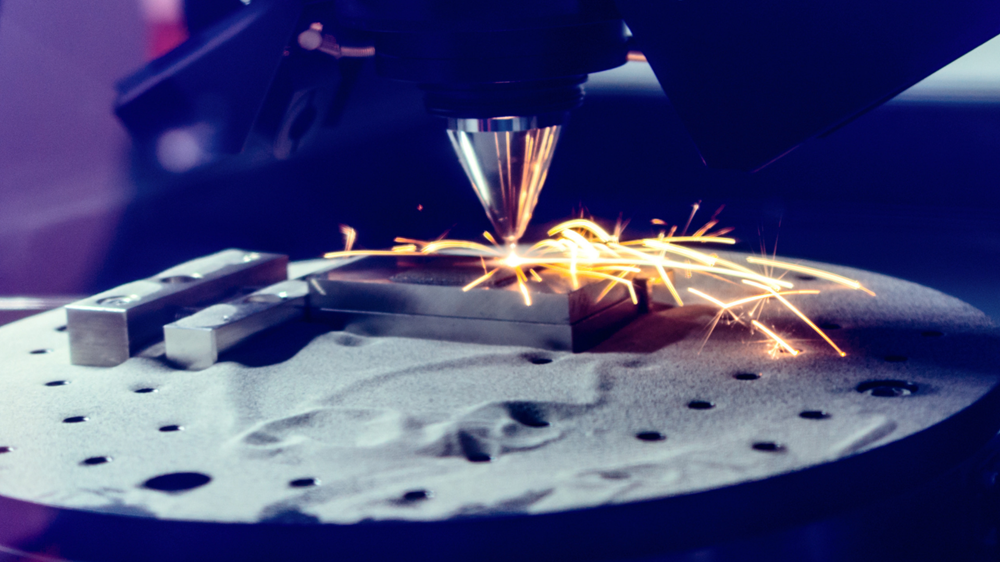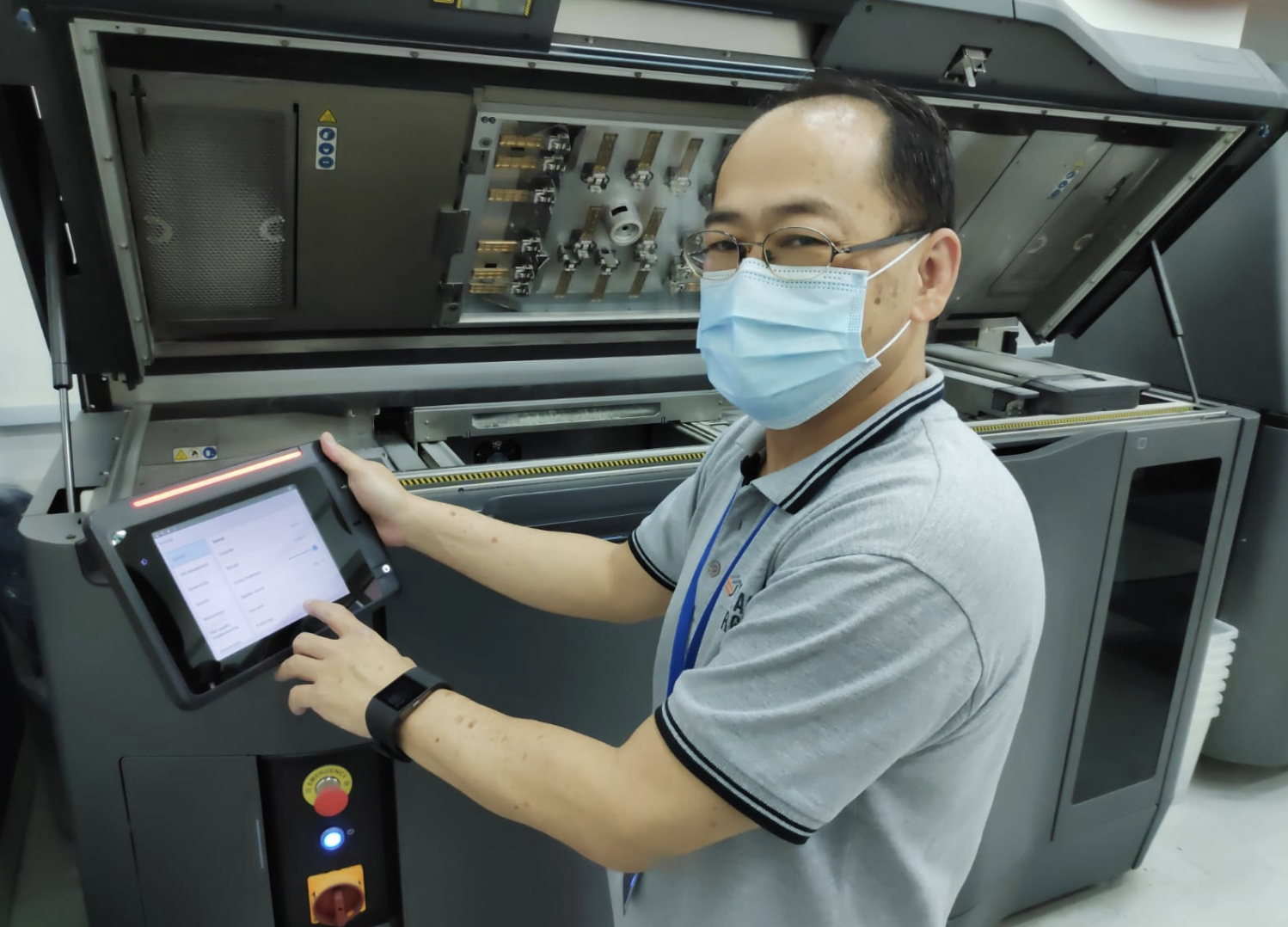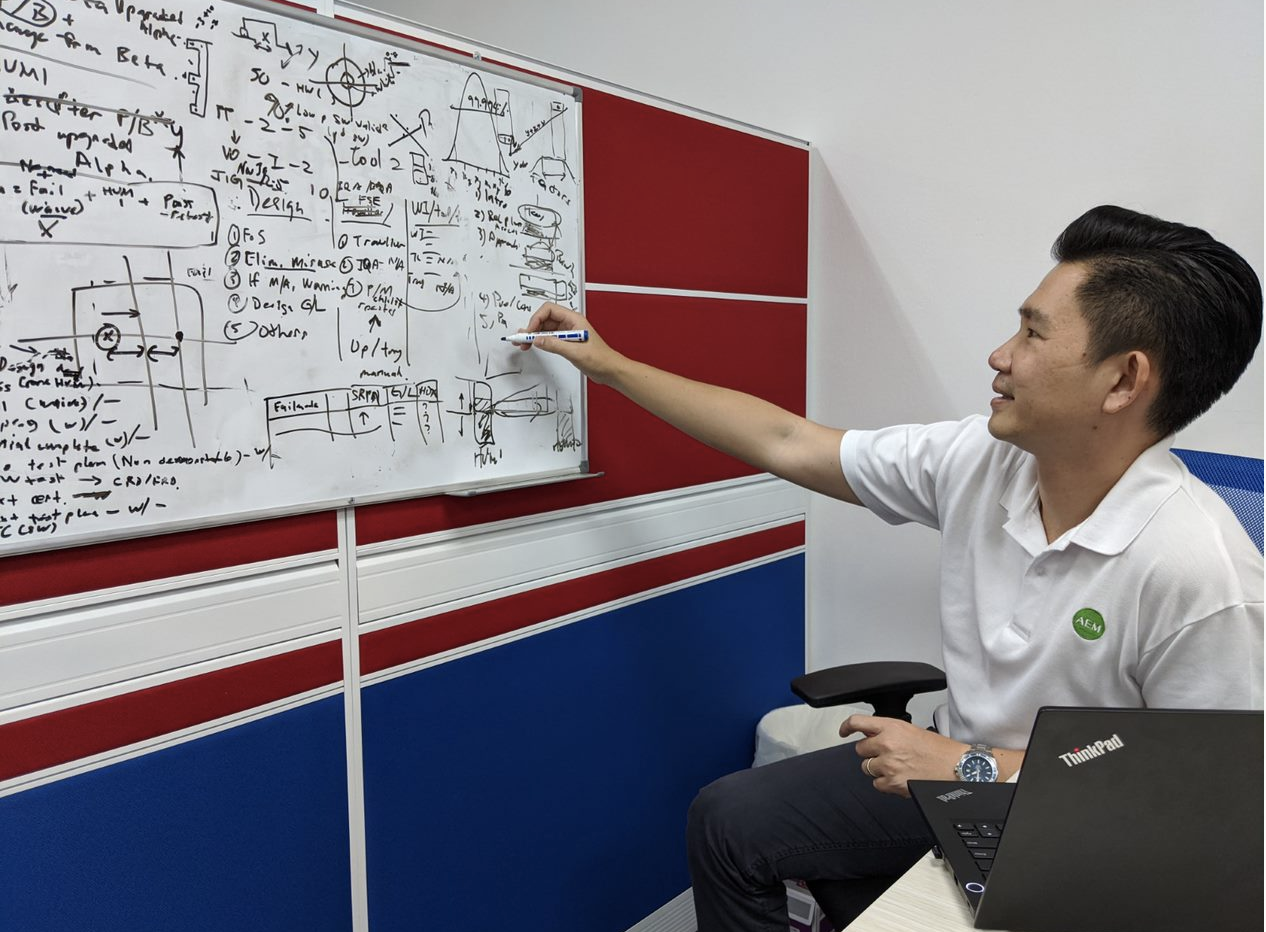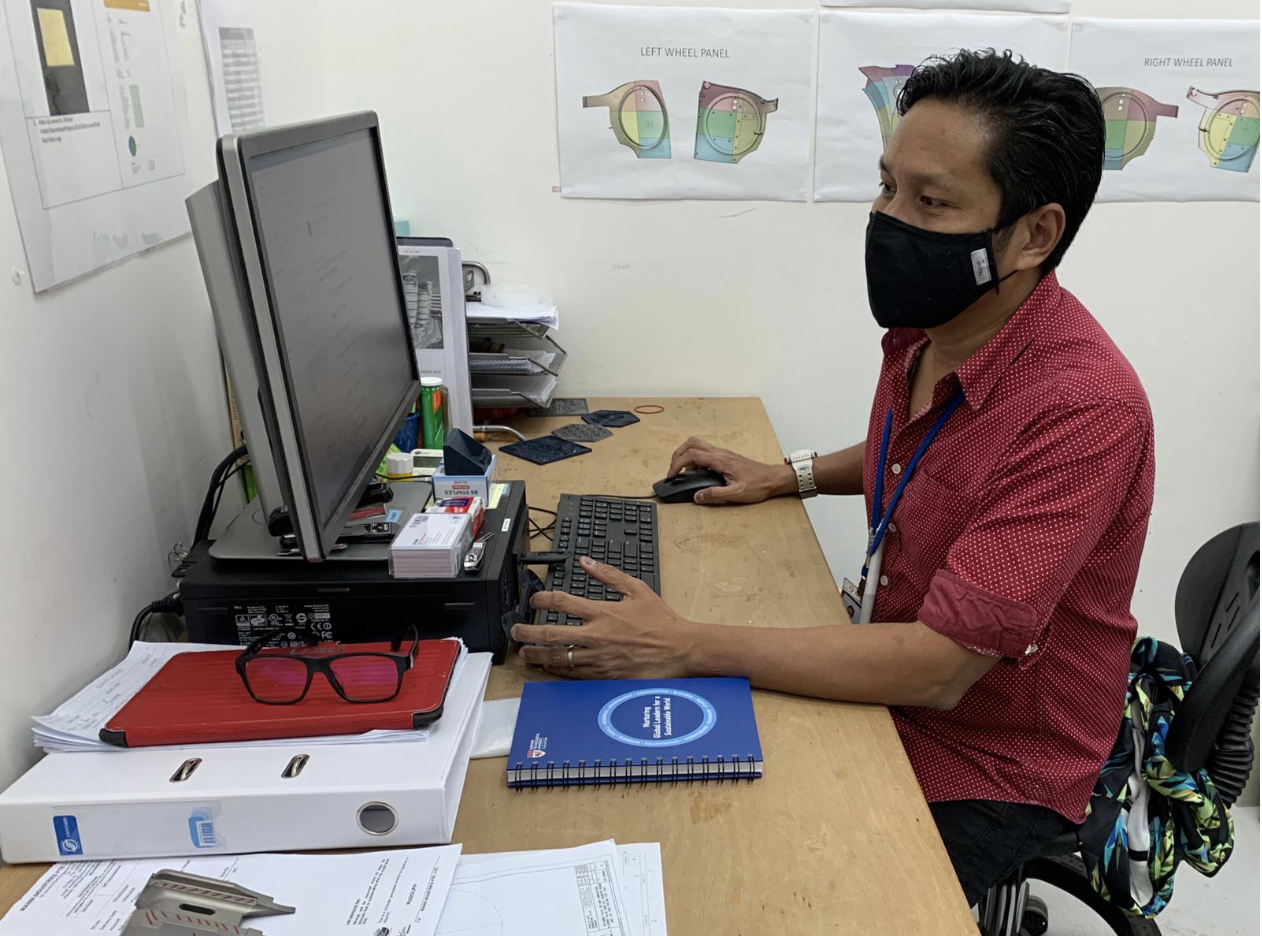
When the COVID-19 situation hit this year, Mohd Nasir Ja’apar (also known as Jay) lost his job during his company’s retrenchment exercise in April.
Previously a senior quality engineer with an oil and gas company, the 47-year-old’s immediate priority was to get back into the workforce.
“Initially, I thought it wouldn’t be that difficult. My previous career changes had been very smooth – I didn’t have long gaps between each job,” he says.
Challenges in the job market
But things were different this time around.
Some recruiters contacted him in the first month, but things went silent soon after. “Application after application was submitted, but nothing. It was very worrying,” Jay says.
Jay is not alone in such an experience.
Tim Tan, 56, was a Production and Planning Manager in an oil and gas MNC. Towards the end of August last year, his company underwent global restructuring, and closed the division where Tim worked.
“Initially, I tried to go back to the oil and gas industry,” says Tim. “I could hit the ground running. I didn’t need a learning curve.”
But like Jay, Tim soon found that job offers were difficult to come by.
He had sent out a multitude of letters and applications, but didn’t see any replies. After hunting for a couple of months, his confidence level took a big hit.
But with the help of Workforce Singapore (WSG), both Jay and Tim found employment with 3D Metalforge – a local SME that specialises in additive manufacturing and provides 3D printed services and products.
Jay is currently a senior quality engineer, and Tim is an operations manager leading a team of seven staff including engineers and operations specialists.
Opportunities in the Precision Engineering (PE) industry
3D Metalforce is part of the PE industry – which supplies critical parts and expertise to manufacture complex components used in various industries.
Despite the subdued job market, there are pockets of growth in this sector, including the demand for COVID-19 related products in the medical technology and semiconductor sectors.
Tim’s division, for one, is working on a contract for temperature sensing medical devices used in hospitals. “In the early days of COVID-19, we never stopped work for a single day as we were supporting the medical and critical services,” he recalls.

Tim Tan, 56, an operations manager at 3D Metalforge
Chandran Nair, CEO of AEM, a semiconductor test and handling company, notes that COVID-19 has caused the demand for devices and servers to surge due to more people working from home.
“As consumer demand increases, there was an increase in demand in large data centres. Requirements for chips increased, which means the need to test these products have increased,” Mr Chandran explains.
Mr Chandran says AEM is continuing to hire “15 to 30 per cent more people than we did last year,” and that about 20 workers from aerospace and other companies that are going through a rough time have been training with AEM for 3 months in semiconductor operations.
“Depending on how their companies are doing, they may go back. But if we have the need, they are now skilled members of the workforce that we can hire.”
Moving out of one’s comfort zones
While Tim began his search in the industry that he was familiar with, he acknowledged that those “jobs were few and far between”.
The turning point came when he met a jobs consultant at one of WSG’s workshops, who matched Tim to 3D Metalforge.
Tim later realised he had nothing to worry about, “In manufacturing, if you take away the technology – the processes, how your control the quality, they are similar.”
Jay, on the other hand, had quite a different strategy altogether.
“I wanted to be out of my comfort zone, and learn something new. I tried pharmaceuticals, but it wasn’t that easy to get in without prior experience,” he explains.
Through WSG’s Careers Connect, Jay, who had also recently completed his MBA, realised that he had to brush up on his resume writing skills, “to capture certain key words for example, for (my) resume to stand out compared to the rest.”
Jay’s revamped resume that highlighted his key skills and experience was sent to 3D Metalforge.
Plugging the skills gap
While there are growth opportunities in this sector, some may worry that the barriers to entry are high – particularly if they do not have the right skillsets.
One example is Wong Hoong Wai, 43, a quality assurance staff engineer at AEM. Previously from the printing industry, he noted that “the semiconductor system level test and handling technical knowledge base is quite different so the learning curve was steep”.

Wong Hoong Wai, 43, a quality assurance staff engineer at AEM
However, colleagues and bosses that were willing to share their knowledge enabled him to pick up his pace.
Jay, too, was able to get up to speed with the help of his employer.
He was previously in traditional manufacturing – “machining the raw materials down to the parts”, but 3D Metalforge dealt with additive manufacturing, that is, “adding layer by layer till you produce the final part.”

Mohd Nasir Ja’apar (Jay), a senior quality engineer at 3D Metalforge
“As a quality engineer, the work process is familiar, but what I’m inspecting is different. 30 to 40% of previous work knowledge can be applied, but 60 to 70% in terms of technical know-how is different,” he adds.
To bridge his skill gaps and help him assimilate into the new industry more quickly, 3D Metalforge put him through a Professional Conversion Programme in August 2020.
Finding their forte
Employers, too, acknowledge the value that mid-career transition workers like Jay, Tim and Hoong Wai bring to the table.
Mr Chandran points out that mid-career worker transitions have been the backbone of AEM’s transformation, “They bring the best processes into our company and train the younger members of the team.”
Jay, Tim and Hoong Wai, too, have found their footing in their new employment.
“Compared to my previous printing industry, I feel this sector has a lot more growth potential especially as the company continues to expand its tech capabilities, products and solutions,” says Hoong Wai.
where my value is. "
Jay, in particular, is excited about the prospects that the precision engineering industry holds.
“Additive manufacturing is said to be the next big thing. If I manage to have this skillset, that’s where my value is.
I’m being exposed to a whole new world. The knowledge I’m getting now, is very valuable to me.”
The Precision Engineering industry continues to grow, offering 1,500 opportunities, of which 80% are PMET roles.
To speak to a career coach, call 6883-5885, or go to mycareersfuture.sg/careercoaching
RELATED ARTICLES
We use cookies to tailor your browsing experience. By continuing to use Gov.sg, you accept our use of cookies. To decline cookies at any time, you may adjust your browser settings. Find out more about your cookie preferences here .

















